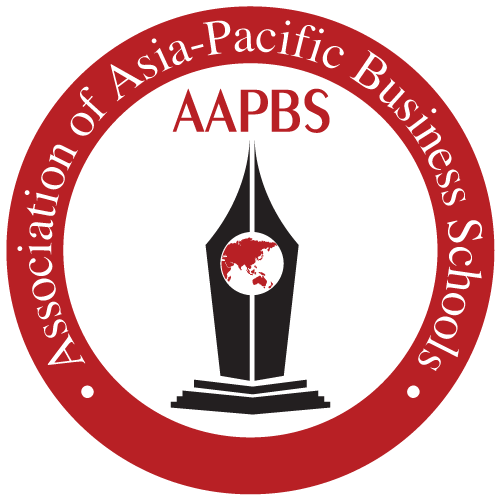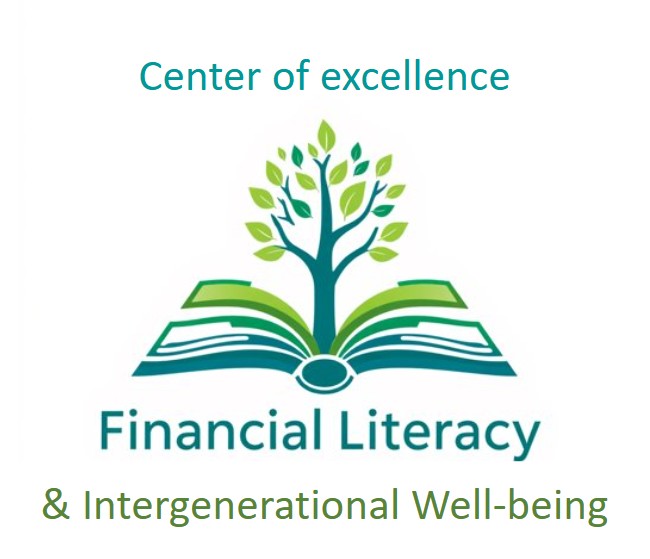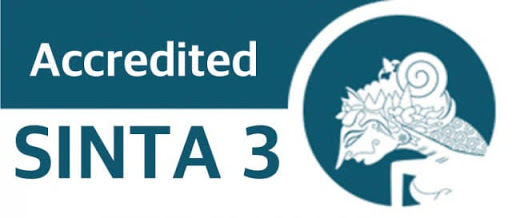Transdisciplinary Approaches To Developing A Mice Tourism Model Based On Local Cultural Heritage: A Case Study Of Binh Duong
 Abstract Views:
94 times
Abstract Views:
94 times
 PDF Downloads:
44 times
PDF Downloads:
44 times
Abstract
Purpose: This study aims to develop a culturally grounded Meetings, Incentives, Conferences, and Exhibitions (MICE) tourism model for Thanh Hoi and Bach Dang islands in Binh Duong, Vietnam. Although both islands possess rich tangible and intangible heritage—from archaeological sites and ancient communal houses to pomelo orchards and wartime narratives—they have yet to feature in formal tourism circuits. The novelty lies in employing a transdisciplinary co-design approach, involving academic researchers, local residents, cultural officers, and tourism businesses.
Method: The study employed Participatory Rural Appraisal (PRA) workshops with community members, semi-structured interviews with 35 stakeholders (including local authorities and tourism providers), and field observations. The conceptual framework integrated systems knowledge, target knowledge, and transformation knowledge, analyzed using thematic coding and comparative stakeholder analysis.
Result: Key findings reveal that while the islands have high cultural tourism potential, development is hindered by infrastructure gaps (internet, event venues), fragmented branding, and limited service capacity. Stakeholders proposed innovative MICE products—such as agro-heritage retreats and river-ecology workshops. The study concludes that a stakeholder-driven, heritage-based MICE model can position these rural islands as distinctive destinations. Future research should test the model’s scalability in similar riverine heritage sites across Southeast Asia.
Downloads
References
Binh Duong Historical Science Association. (2008). Bình Dương Danh Lam Cổ Tự (NXB Bình Dương 2008)—Thích Huệ Thông, 165 Trang. https://vietbooks.info//threads/binh-duong-danh-lam-co-tu-nxb-binh-duong-2008-thich-hue-thong-165-trang.88554/
Bramwell, B., & Bernard, L. (2011). Critical research on the governance of tourism and sustainability. Journal of Sustainable Tourism, 4–5(19), 411–421.
Dallen J., T., & Gyan P., N. (2009). Cultural Heritage and Tourism in the Developing World: A Regional Perspective (1st ed.). Routledge. https://www.routledge.com/Cultural-Heritage-and-Tourism-in-the-Developing-World-A-Regional-Perspective/Timothy-Nyaupane/p/book/9780415776226
Dao Thi Kim, B. (2019). Phát triển du lịch mice ở một số nước Châu Á và bài học cho Việt Nam [MICE tourism development in some Asian countries and lessons for Vietnam] [Vietnam Academy of Social Sciences.]. https://thuvien123.net/viewer-278517-luan-an-tien-si-phat-trien-du-lich-mice-o-mot-so-nuoc-chau-a-va-bai-hoc-cho-viet-nam.html
Denzin, N. K. (2012). Triangulation 2.0*. Journal of Mixed Methods Research, 6(2), 80–88. https://doi.org/10.1177/1558689812437186
Dimitrios, B., & John C, C. (2000). Global Alliances in Tourism and Hospitality Management (1st ed.). Routledge. https://www.routledge.com/Global-Alliances-in-Tourism-and-Hospitality-Management/Buhalis-Crotts/p/book/9780789008183
Donald, G., & Stephen, P. (2016). Progress and prospects for event tourism research. Tourism Management, 52, 593–631.
Dwyer, L., & Forsyth, P. (1997). Impacts and Benefits of MICE Tourism: A Framework for Analysis. Tourism Economics, 3(1), 21–38. https://doi.org/10.1177/135481669700300102
Getz, D. (1997). Event management & event tourism. Cognizant Communication Corp.
Hoa An District Party Committee. (2002). Lịch sử Đảng bộ xã Bạch Đằng (1930—2023) [History of the Bach Dang Commune Party Committee, 1930 – 2023]. Labour Publishing House. https://sachdientu.tuyengiaocaobang.vn/thuviensach/lich-su-dang-bo-xa-bach-dang-1930-2023/
Hong Duc, S. (2011). Đường vào kinh doanh du lịch MICE [The way into MICE tourism business]. Labour Publishing House. https://www.pinterest.com/pin/ng-vo-kinh-doanh-du-lch-mice-nxb-lao-ng-x-hi-2011--595812225722175968/
Jianbin:, C. (2014). Research on Factors Influencing Urban MICE Tourism Image—Chen,. Scholars\’ Press. https://www.abebooks.com/9783639669992/Research-Factors-Influencing-Urban-MICE-3639669991/plp
Kim, E. G., Chhabra, D., & Timothy, D. J. (2022). Towards a Creative MICE Tourism Destination Branding Model: Integrating Heritage Tourism in New Orleans, USA. Sustainability, 14(24), 16411. https://doi.org/10.3390/su142416411
Le Truong Phuong, T. (2013). Loại Hình Cư Trú Trên Cù Lao Của Người Việt (Trường Hợp Cù Lao Rùa, Tỉnh Bình Dương) [Types of Residence on the Island of Vietnamese People (Case of Rùa Island, Binh Duong Province)] [USSH (University of Social Science and Humanity)]. http://luanvan123.info/threads/loai-hinh-cu-tru-tren-cu-lao-cua-nguoi-viet-truong-hop-cu-lao-rua-tinh-binh-duong.208443/
Nguyen Hieu, H. (2012). Tìm hiểu một số ngôi đình tiêu biểu ở Bình Dương [Understanding some typical communal houses in Binh Duong]. Culture Publishing House.
Nguyen Quoc, M., Le Van, D., & Van Thi Thuy, T. (2004). Những hiện vật và di tích mộ táng trong đợt khai quật Cù Lao Rùa (Bình Dương) năm 2003 [Artifacts and burial relics uncovered during the 2003 excavation at Cù Lao Rùa (Binh Duong Province).]. In Những phát hiện mới về khảo cổ học năm 2003 [New discoveries in archaeology in 2003] (pp. 273–275). Archaeology Institute.
Pohl, C., & Gertrude Hirsch, H. (2008). Methodological challenges of transdisciplinary research. Natures Sciences Sociétés, 2(16), 111–121.
Pohl, C., & Hirsch Hadorn, G. (2008). Methodological challenges of transdisciplinary research. Natures Sciences Sociétés, 16(2), 111–121. https://doi.org/10.1051/nss:2008035
Richards, G. (2020). Heritage and tourism: A shared concern for locals and visitors. In World Heritage Management, urban planning and sustainable tourism. Studien Verlag. https://www.researchgate.net/publication/348565633_Heritage_and_tourism_A_shared_concern_for_locals_and_visitors
Stokols, D., Hall L, K., & Taylor K., B. (2008). The science of team science: Overview of the field and introduction to the supplement. American Journal of Preventive Medicine, 35(2S), S77–S89.
The Party Committee of Thanh Phuoc Commune. (2021). Lịch sử truyền thống xã Thạnh Phước [The history and traditions of Thạnh Phước Commune]. https://vietbooks.info//threads/lich-su-truyen-thong-xa-thanh-phuoc-nxb-binh-duong-2001-dang-van-hiep-144-trang.88239/
Timothy, D. J., & Nyaupane, G. P. (Eds.). (2009). Cultural Heritage and Tourism in the Developing World: A Regional Perspective. Routledge. https://doi.org/10.4324/9780203877753
Trinh Le, A. (2004). Thử nhìn nhận Du lịch MICE dưới góc độ loại hình [Trying to look at MICE tourism from the perspective of its type]. Business tourism and tourism development in Vietnam, Hanoi.
World Tourism Organization. (2018). Tourism and Culture Synergies. World Tourism Organization (UNWTO). https://doi.org/10.18111/9789284418978

This work is licensed under a Creative Commons Attribution 4.0 International License.
Articles published in Journal of Entrepreneurship & Business are licensed under a Creative Commons Attribution 4.0 International (CC BY) license. You are free to copy, transform, or redistribute articles for any lawful purpose in any medium, provided you give appropriate credit to the original author(s) and the journal, link to the license, and indicate if changes were made.
Authors submitting to this journal agree to make their work freely available under the CC BY 4.0 license, ensuring broad dissemination and reuse. The full license details can be accessed at https://creativecommons.org/licenses/by/4.0/.
This ensures that they receive the maximum dissemination because there are no barriers to access. This license allows readers to disseminate and reuse the paper, but always requires them to grant the authors and the first publication full credit.
While JEB upholds ethical publishing standards, the responsibility for ensuring originality and compliance with copyright regulations lies with the authors. The journal is not liable for any legal claims related to the content of published articles.
For further inquiries, please contact the editorial team.

 DOI:
DOI:










